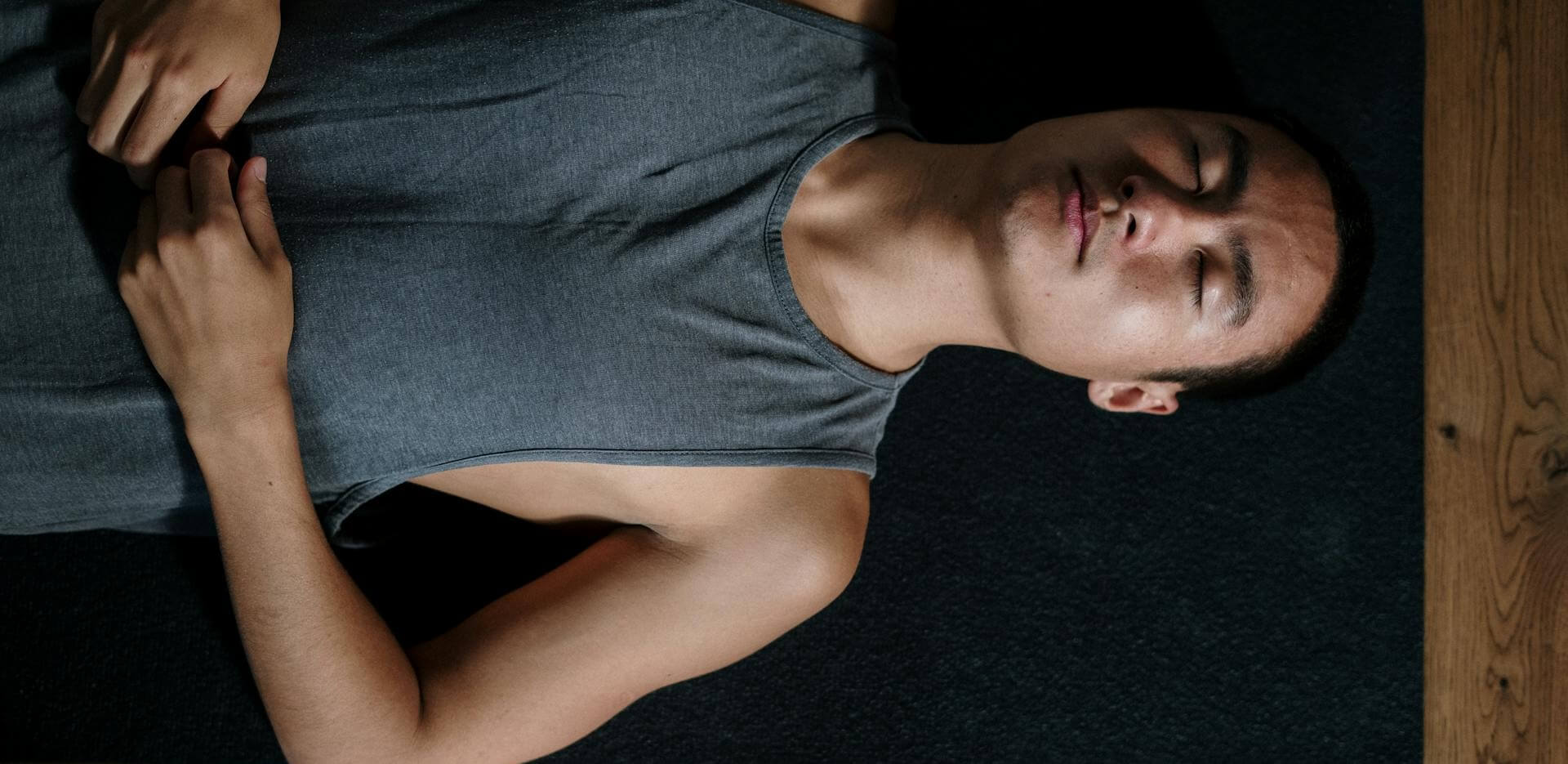
Returning to your Yoga Practice after a Surgical Intervention
I like to think of the human body as a grand machine. Everything has its place, and every part has its function. As with any contraption, the body needs to be taken to a shop for a tune-up from time to time. Easier to say, difficult to surpass but that’s life. As teachers, we have probably encountered a student, colleague, or boss that has sought counsel on returning to the mat after a major operation. Of course, it is NOT in our job description to medically advise our yogis. Nevertheless, educating ourselves on the subject matters of post-operational contraindications, or the psychological “ins and outs” of a surgical intervention is, in my opinion, vital knowledge to have.
I have taught classes for nearly 10 years. Since then, more doctors are encouraging their patients to try yoga. As a result, I have a steady increase of students with one or more physical limitations. Sprains and spasms I can handle, but post-knee arthroscopy, hernias, or any of the “ectomies” I realized that I was out of my league. It was a challenge to try and cater to everyone but it was insufficient to release an umbrella statement like “ Listen to your body, if you feel pain, stop and rest in child’s pose or savasanah.”
Those words could only take you so far because some people can´t do those 2 poses. Yes! I discovered that a person with cervical herniated disks cannot do savasanah or people with knee problems cannot do Balasana (CP). So I hit the books.
Surgical interventions take a great toll on all living creatures. Flora or fauna don’t have the ability to verbally express themselves but they know when a part of them goes awry. We can converse, comprehend, and reflect on the impending and after-effects of these processes. This left me asking, how come we’ve never opened this conversation? This is where our article will take you today. We will have a brief overview of what to expect when the unexpected happens. We will present what the body goes through during surgery as well as the tissues and issues involved. We will include what happens during the first week of recovery to aftercare. Most of all, we will talk about how to safely get back to your practice.
1. A short-ish anatomy lesson
First, I’d like to orient you with the different layers of the body and what they are made of, what they look like, and their purpose. Let’s take the knee as an example. We have the Dermis which consists of:
a. Skin - the outermost layer or Epidermis
b. The subcutaneous tissue - the inner layer of the skin or Hypodermis
c. Fascia- the fibrous connective tissue layer that encloses the muscle together, it is important to note that the fascia has very little “give” or “stretch” (we will get to this later)
d. Muscle - The muscle stretches and is held in by the fascia. During major surgery, the muscles may need to be cut or retracted.
e. Deep Fascia- a denser layer of connective tissue covering deeper muscles and other structures.
f. Peritoneum (if you are having abdominal surgery) - A thin membrane lining the abdominal cavity. This is the last layer before we get to the abdominal organs.
g. Organ or target issue
With a scalpel, all these layers are penetrated, in some cases bones are also sawed and retracted depending on the surgical site. Imagine what the body is going through while you are under anesthesia. Imagine or recall the stress, physical trauma, and mental trauma on both conscious and subconscious levels. Even if the body is unconscious, the body still experiences everything.
2. What goes on in the OR
While medical tv shows have presented us with the ins and outs of the OR, It has a strict list of protocols to follow to the letter and to ensure that a sterile field is maintained. Surgeons need to indicate when they are ready to make an incision and announce each layer of the body they cut as they go. During this time nurses will count, record, and identify each instrument, towel, bandage, and absorption material used 3 times, they will also maintain the unused equipment sterile as the doctor works. It is a choreographed dance between doctors and nurses that is sometimes rehearsed beforehand to avoid knocking trays over. A simple bump of the side tray may extend the operation time by an hour because they have to look for a newly sterilized set of instruments. Assuming the intervention goes smoothly, a recount of all the equipment used including sponges, including bandages is done to ascertain that nothing was left behind before the closing phase starts. In this part of the intervention, the surgeon announces each layer of the body sewn back and the material used. Lastly, a final count of all materials used to cross-reference with the initial count is done before surgery is officially clocked as the gloves come off. I have been under the knife, 3 times and I have also been a surgical nurse during births, c-sections, abdominal surgeries, amputations, etc. I can tell you that nothing is taken lightly. The people that work here give it their 500% each time. All these steps are to ensure the patient has the smoothest recovery time possible.
3. The First Few Hours of Post-op
Even the simplest surgeries take 3 hours until a patient is wheeled back to their room. This is because of the 2-hour respite in the Post-Anesthesia Care Unit or PACU. During which, the vital signs are monitored, pain levels, how they gradually come off from anesthesia, observed for complications, and started on fluid replacement. So if the surgery takes one hour, that’s just the process, that doesn’t include being wheeled into the OR wing, anesthesia prep, and patient prep. Plus the 2 hours in PACU. Remind you as well as your loved ones to take this into account. I forgot to say this to my husband. When my surgery ran 4 hours past the said surgery time, he was upset with worry.
4. The First Week to Month of Post-op
Since your organs were paused to be moved around or otherwise, your body will reset slowly, each function restored, organs are realigned by regaining your physiology. That first cough, or gas that passes is a sign that you are coming back to life. The doctor will start by allowing you sips of water and then order you to start turning from one side to the other. It is a painful but necessary process. During this time your body has accelerated metabolism because it needs to be put back together as fast as possible. The small movement will push the body into repair mode faster. Take advantage of this time because your metabolism will set to its normal pace in a couple of weeks to a few months depending on your case. This doesn’t mean you force your body into doing more but to take the steps your medical team has laid out. In about a month or so you will have probably reclaimed some of your activities of daily living. Your stitches may have been removed at this point but take it easy, your layers still need to knit together. In the meantime (if your doctor says you can) eat foods that improve immunity and cell-regeneration. Oranges, protein, etc. No supplements because of possible interactions with post-op orders. Use diet and nutrition to prepare your body for the possibility of practice. Move slowly, watch your diet, listen to your doctor or always go back to the post-surgery instructions provided. I felt like I aged 50 years those first few months. It was humbling to see myself as a much weaker version of myself. There were times when I thought I would never be able to reach my peak performance again. So I’m here to tell you that this will all pass. Use this time to reflect or plan out your road ahead.

5. Once you can fully Resume your Activities, you may experience the following:
Let’s say the doctor has now given you the green flag to go about your daily life. Now you can eat what you want, exercise regularly, etc. This doesn’t mean a carte blanche to have very rich meals or jump into your rigorous schedule. Try a 30 minute walk outdoors for a few days then work yourself up to a short yoga session, then progress from there. As to your intake, start off with things that are boiled or broiled then work your way up to your favorites. Resuming your daily activities takes time. There will be days when you will feel a number of things after a few months. These can include muscle spasms radiating away from incision site, which can mean that the was pulled too tight when closing the incision or the scarring pursed the layers of your skin. These are very normal occurrences, this doesn’t mean your doctor made a mistake or that you will have new issues to deal with for life. No one can predict how each body heals. If and when this happens, going to a physiologist or PT may help. Be kind to your body, it will tell you the steps to take.
Going under the knife is a frightening process, from realizing that you need it to bouncing back from the procedure. Hopefully by reading this, you can appreciate the inner workings of your body as it faces trauma only to knit back together again. Not to mention the small army it takes to save one person at a time. It’s an amazing process, It takes time but by no means is it wasted by doing nothing. Sometimes stillness is the only way to move forward. I hope this article serves you well.
Good luck and take care Momoyogis!


